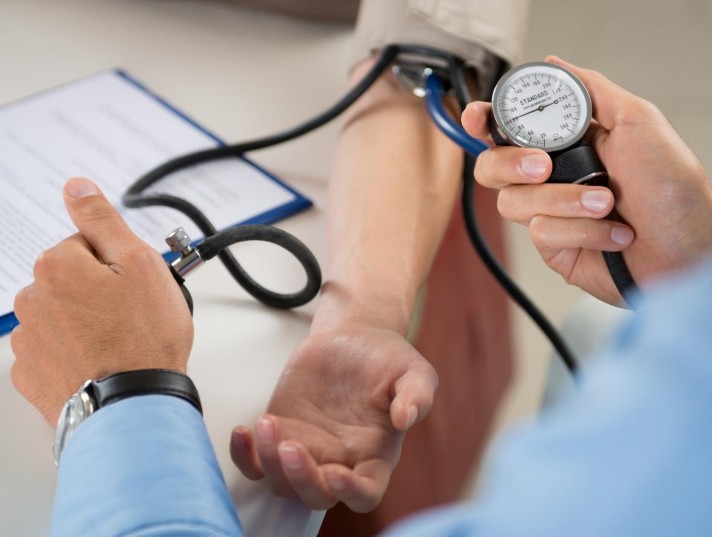Walking safety tips for high blood pressure
Carry water and sip during walks, especially in warm weather. Wear comfortable shoes that support your feet well. Walk on flat, even surfaces to avoid falls. If you feel dizzy, chest pain, or very short of breath, stop immediately and rest. These could be warning signs.
Tell your doctor you are starting to walk regularly. They may want to adjust your blood pressure medicine as your readings improve. Check your pressure at home before and after walking to track progress. Most people see steady improvement over two to three months of daily walking.


